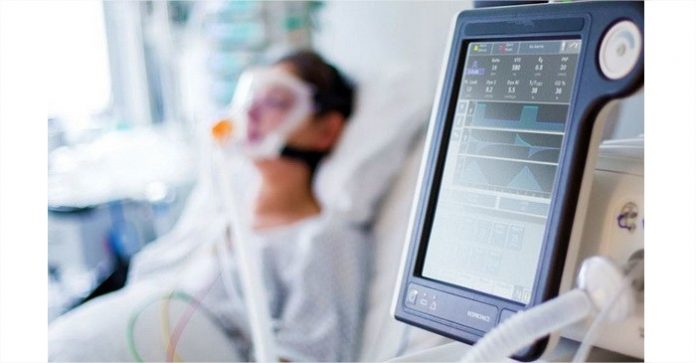DOHA (DNA) -Given the lockdown’s impact and India’s economic realities, Mr Modi arguably had little option but to start trying to get people back to work. Yet India is moving rapidly towards something closer to Sweden’s light-touch restrictions — in a population 140 times the size, with teeming cities and a chronically underfunded public health system that was already under severe strain even before the pandemic. Far more needs to be done to protect and prepare citizens.
The government last month announced a stimulus package billed as worth $266bn, or 10 per cent of GDP. Yet direct support for the poor was limited. As in many western packages, the focus was guarantees aimed at prompting banks to lend more to already-indebted businesses. Economists estimate the true stimulus value as perhaps 1.5 per cent of GDP.
Health experts are also calling for new measures to try to slow the virus. They include “cluster” restrictions where there are severe outbreaks, far more testing and data-sharing — amid suspicions authorities are trying to suppress figures — and strenuous efforts to promote universal mask wearing and hand hygiene. Without these steps and more, the situation in the world’s second most populous country could get an awful lot worse.

















